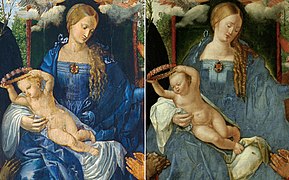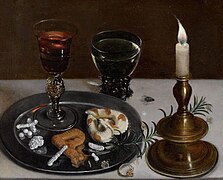
A still life is a work of art depicting mostly inanimate subject matter, typically commonplace objects which are either natural or man-made.
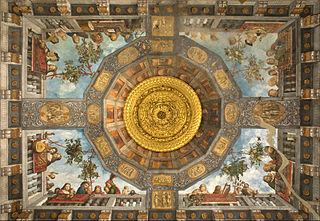
Trompe-l'œil is an art technique that uses realistic imagery to create the optical illusion that the depicted objects exist in three dimensions. Forced perspective is a comparable illusion in architecture.

William Michael Harnett was an Irish-American painter known for his trompe-l'œil still lifes of ordinary objects.
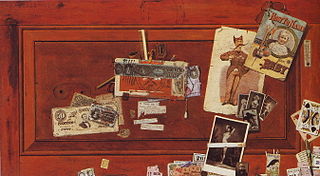
John Haberle (1856–1933) was an American painter in the trompe-l'œil style. His still lifes of ordinary objects are painted in such a way that the painting can be mistaken for the objects themselves. He is considered one of the three major figures—together with William Harnett and John F. Peto—practicing this form of still life painting in the United States in the last quarter of the 19th century.

Evert Collier was a Dutch Golden Age still-life painter known for vanitas and trompe-l'œil paintings. His first name is sometimes spelled "Edward" or "Edwaert" or "Eduwaert" or "Edwart," and his last name is sometimes spelled "Colyer" or "Kollier".
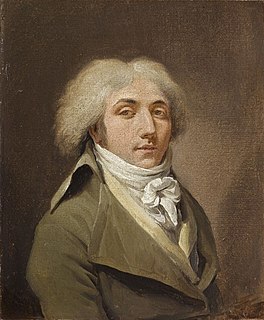
Louis-Léopold Boilly was a French painter and draftsman. A gifted creator of popular portrait paintings, he also produced a vast number of genre paintings vividly documenting French middle-class social life. His life and work spanned the eras of monarchical France, the French Revolution, the Napoleonic Empire, the Bourbon Restoration and the July Monarchy. His 1800 painting Un Trompe-l'œil introduced the term trompe-l'œil, applied to the technique that uses realistic imagery to create the optical illusion that the depicted objects exist in three dimensions, though the "unnamed" technique itself had existed in Greek and Roman times.

Petrus Christus was an Early Netherlandish painter active in Bruges from 1444, where, along with Hans Memling, he became the leading painter after the death of Jan van Eyck. He was influenced by van Eyck and Rogier van der Weyden and is noted for his innovations with linear perspective and a meticulous technique which seems derived from miniatures and manuscript illumination. Today, some 30 works are confidently attributed to him. The best known include the Portrait of a Carthusian (1446) and Portrait of a Young Girl ; both are highly innovative in the presentation of the figure against detailed, rather than flat, backgrounds.

Georg Pencz was a German engraver, painter and printmaker.

Jefferson David Chalfant was an American painter who is remembered mostly for his trompe-l'œil still life paintings.

Cornelis Norbertus Gijsbrechts or Gysbrechts was a Flemish painter who was active in the Spanish Netherlands, Germany, Denmark and Sweden in the second half of the seventeenth century. He was a court painter to the Danish royal family. He specialised in trompe-l'œil still lifes, an artistic genre which uses visual tricks to give viewers the illusion that they are not looking at a painting but rather at real three-dimensional objects. He also created many vanitas still lifes.

Jacopo de' Barbari, sometimes known or referred to as de'Barbari, de Barberi, de Barbari, Barbaro, Barberino, Barbarigo or Barberigo, was an Italian painter, printmaker and miniaturist with a highly individual style. He moved from Venice to Germany in 1500, thus becoming the first Italian Renaissance artist of stature to work in Northern Europe. His few surviving paintings include the first known example of trompe-l'œil since antiquity. His twenty-nine engravings and three very large woodcuts were also highly influential.
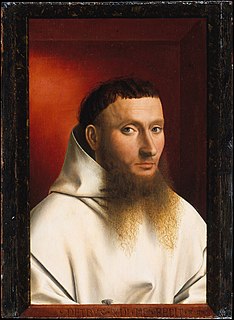
Portrait of a Carthusian is a painting in oils on oak panel by the Early Netherlandish painter Petrus Christus in 1446. The work is part of the Jules Bache Collection housed at the Metropolitan Museum of Art in New York City.
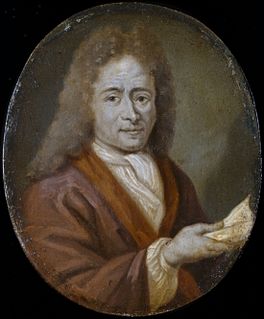
Christoffel Pierson was a Dutch Golden Age painter.

Cornelis van der Meulen or Cornelis Vermeulen, was a Dutch painter who after training in the Dutch Republic had a career in Sweden where he became a court painter. He is known for still lifes of flowers and game, trompe-l'œil and vanitas still lifes, topographical views and portraits.

Fruit Dish and Glass (1912), by Georges Braque, is the first papier collé. Braque and Pablo Picasso made many other works in this medium, which is generally credited as a key turning point in Cubism.

The Feast of the Rosary is a 1506 oil painting by Albrecht Dürer, now in the National Gallery, Prague, Czech Republic. According to Czechoslovakian art historian Jaroslav Pešina, it is "probably the most superb painting that a German master has ever created." The work is also related to a series of artworks commissioned by Maximilian I, his Burgundian subjects or people close to his family to commemorate the Duchess Mary of Burgundy, Maximilian's first wife and the center of a cult-like phenomenon that usually associated her with the Virgin Mary, who was her namesake.

Franciscus Gijsbrechts, was a Flemish painter of still lifes specialised in vanitas still lifes and trompe-l'œil paintings. He worked in the second half of the seventeenth century in the Spanish Netherlands, Denmark and the Dutch Republic. Like his father, he painted trompe-l'œil still lifes, a still life genre that uses illusionistic means to create the appearance that the painted, two-dimensional composition is actually a three-dimensional, real object.
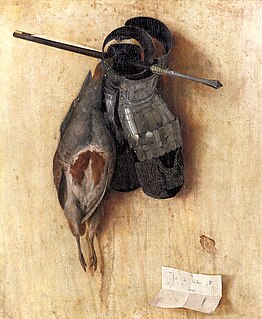
Still-Life with Partridge and Gauntlets is a 1504 painting by the Italian painter Jacopo de' Barbari. It measures 52 cm × 42.5 cm and is held by the Alte Pinakothek in Munich. The small oil-on-limewood-panel painting is considered to be one of the earliest examples of a still life painting, and one of the first trompe-l'œil paintings, to be made in Europe since classical antiquity.

Portrait of Johann Kleberger is a 1526 oil on limewood panel painting by Albrecht Dürer, signed and dated by the artist and now in Kunsthistorisches Museum in Vienna.

Jacobus Plasschaert or Jacob Plasschaert, spelling variation of name Plasgaert was a Flemish painter and teacher. He is known for his trompe-l'œil still lifes and vanitas still lifes. He was active in Bruges.






